Millenium Girls at Brixton House Theatre
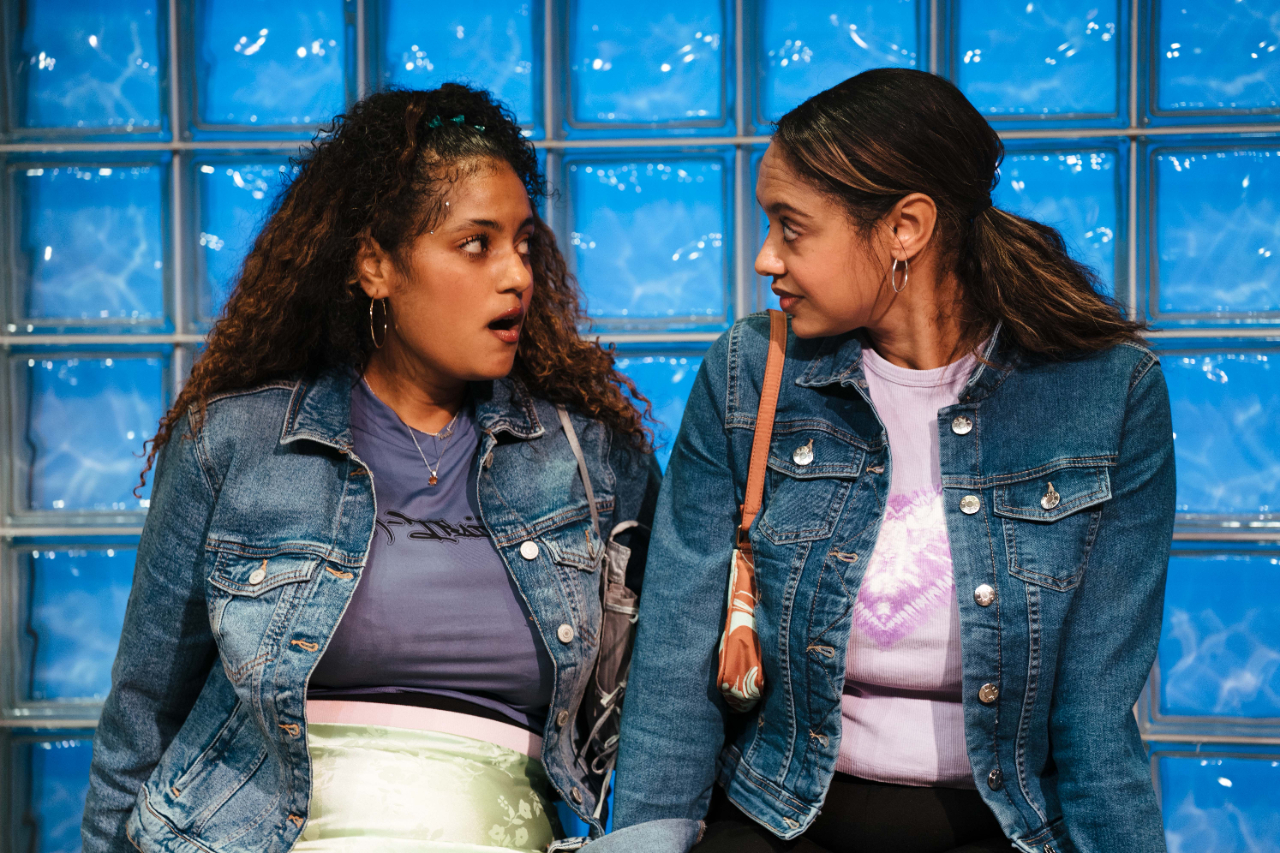
London in the 90s is the backdrop for Sophia Leonie’s debut play, Millennium Girls at Brixton House. We join Jasmine (Nkhanise Phiri) in the present day as she learns about her mother Jessica’s (played by writer Leonie) experiences as a teenager from the mid-90s up to the 2000 millennium celebrations. Alongside teenage Jessica, we also explore her friendships with Chanel (Tamara Camacho) and Latisha (Unique Spencer) as they navigate and are tested by the various difficulties of adolescence.
Millennium Girls is ambitious, taking on the task of exploring a variety of themes including friendship and bullying, racial identity and colourism, and first crushes and the importance of consent. These topics are brought to life by a script that is full of humour and pain, and by the performances of the three lead actresses. It is surprisingly easy to see Leonie, Camacho and Spencer as the young characters they play. From listening to music, talking about boys and styling their hair, to arguing with their parents and not knowing how to discuss difficult things, it is entirely convincing that the characters the audience are seeing on stage are teenagers. Spencer, in particular, brings electric energy to the stage every time she enters a scene. In addition to their main roles, all three actresses play at least one other character, often a male, and have to rely on voice, demeanour and body language to sell the character change to the audience, which they do.
The stage is small and bare of decoration, and so viewers must rely on the dialogue, a few costume changes and the performances of the cast to indicate shifts in time and location. It would be easy for these transitions to feel disjointed and fragmented, but they are seamlessly handled by director Jade Lewis. The music operates as a separate character, with a superb selection of R’n’B and UK garage tracks chosen by music supervisor Michael “Mikey J” Asante. Combined with the numerous 90s culture references within the script, the music ensures the play feels nostalgic and sentimental to that era. The lighting design by Laura Howard was also very effective. When the narrative takes on a darker tone and the teens find themselves in increasingly dangerous and exploitative situations, the lighting reflects this, creating a cold atmosphere and brilliantly emphasising the vulnerability of those moments.
The present-day scenes with Jasmine and Jessica, however, are not as strong as the exploration of the past. In theory, these scenes could have been an excellent way to provide some retrospective understanding and for Jessica to analyse her past experiences with hindsight and maturity. This is attempted in part, but the conversations don’t go deep enough. This was most notable on the topic of colourism, which was tentatively addressed but unconvincingly explored. The story would also have benefited from further insight into the characters of Chanel and Latisha in order to provide further angles on the complexities of teenhood.
Millennium Girls is a welcome debut in the London theatre scene, and one that will be especially memorable to audience members who grew up in the capital city. Whilst the play leans on nostalgia and sentimentality, we also see how the natural naivety and excitement of youth can be tarnished by the dangers that also exist in society. If the play’s mission is to get people talking about their own experiences of youth, it will likely succeed.
Sunny Morgan
Photos: Helem Murray
Millenium Girls is at Brixton House Theatre from 12th until 31st May 2025. For further information or to book visit the theatre’s website here.
Watch the trailer for Millenium Girls at Brixton House Theatre here:




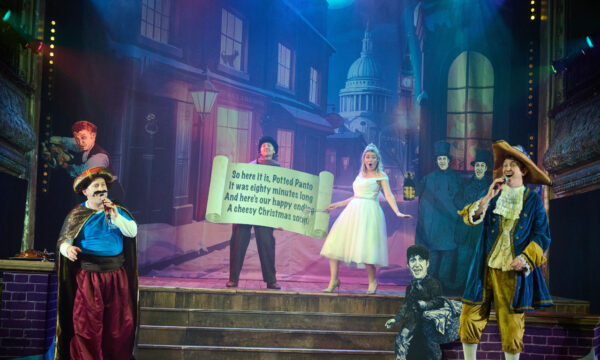

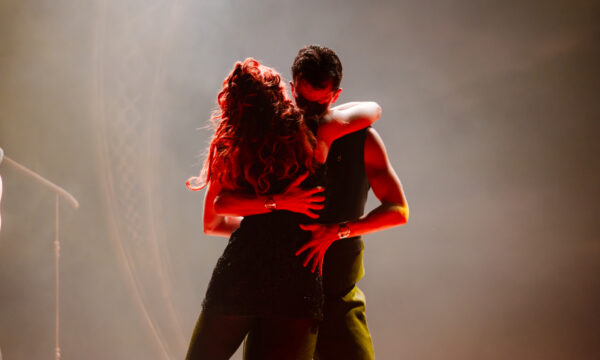

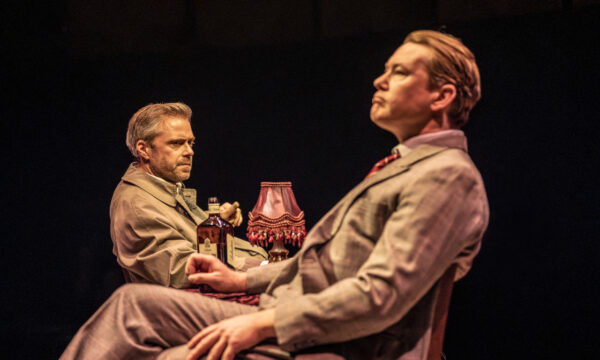
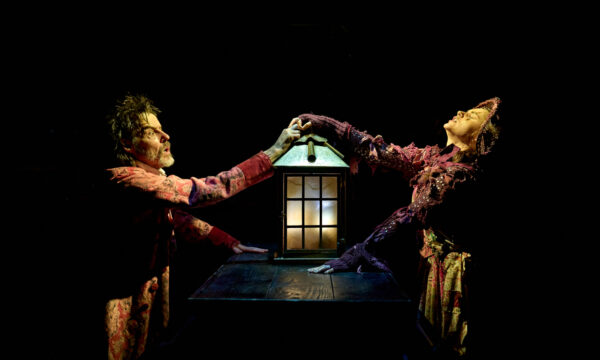
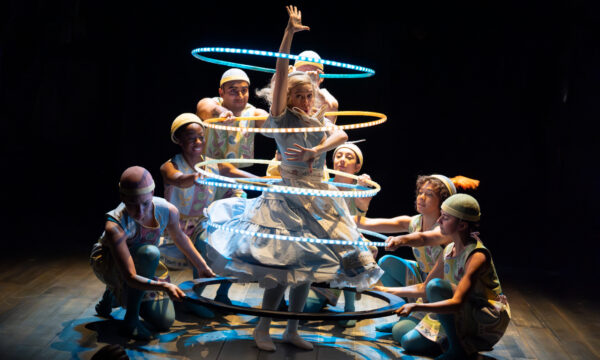

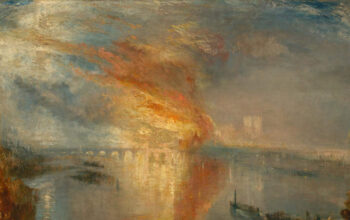













Facebook
Twitter
Instagram
YouTube
RSS